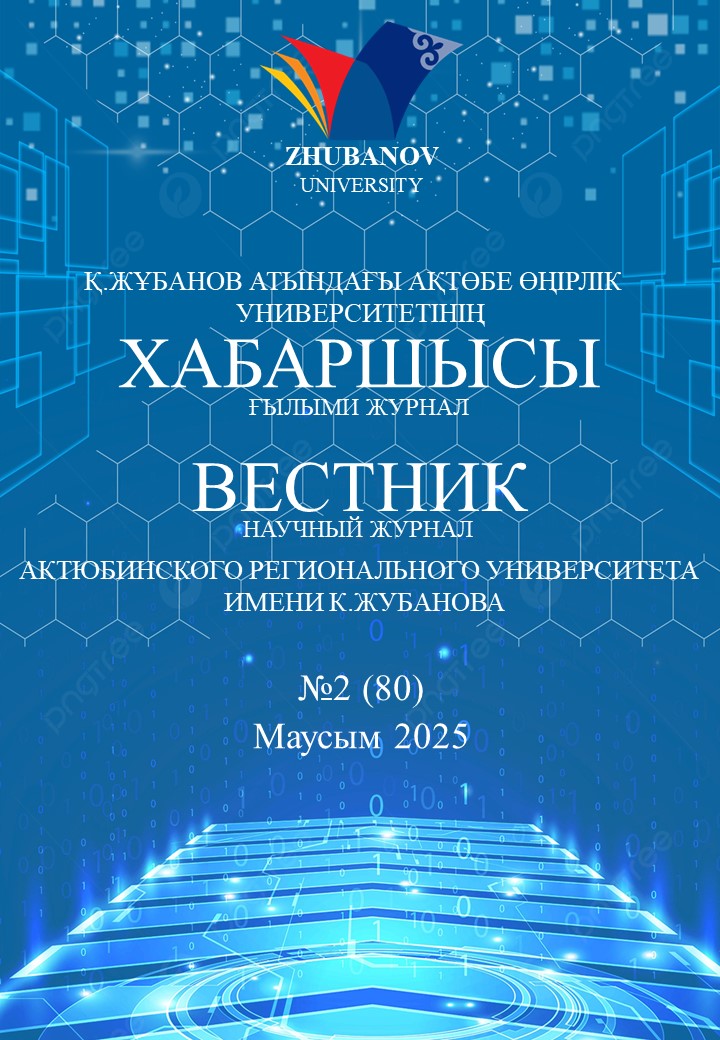Синонимия ұғымы – бір мағыналы әр түрлі сөздердің болуы – лингвистикалық теорияда кеңінен талқыланды. Дәстүрлі анықтамалар синонимдер мағынасында ешқандай өзгеріссіз бір-бірін алмастыруға болатынын көрсетсе де, тереңірек лингвистикалық талдау бұл түсінікке күмән келтіреді. Бұл мақала синонимияның әртүрлі өлшемдерін, соның ішінде абсолютті және жақын синонимді, контекстік мағынаның вариацияларын және әлеуметтік лингвистикалық және когнитивтік факторлардың сөз таңдауына әсерін зерттейді. Біз жалпы тілдердегі синонимдердің ақиқаттығын қарастырамыз, ал синонимдерді концепт ретінде қарастырамыз. Түрік және қазақ тілдерінен алынған мысалдар мәдени контекст, қолдану жиілігі мен сөйлеушінің мақсаты синонимдердің қолданылуына қалай әсер ететінін көрсетеді. Синонимдердің қолданылуы тілдің нақты жағдайы мен ситуациясына байланысты өзгеріп отырады, бұл олардың мағыналық тереңдігі мен көпқырлылығын көрсетеді. Мақала «синоним» терминінің лингвистикалық категория ретінде зерттейді, сонымен қатар, синонимдер арасындағы тілдік ерекшеліктер, стильдік айырмашылықтар, тіпті эмоциялық реңктердің де маңыздылығын қарастырады. Синонимдер деп аталатын сөздер шын мәнінде терең мағыналық қабаттарды, мәдени мәндерді және тілдік өзгерістерді көрсете алатындығы дәлелденеді. Осылайша, синонимия ұғымының күрделілігі мен көпқырлылығы жан-жақты талданып, тілдің дамуындағы рөлі анықталады.
КАРАБУЛУТ Ф.
Ph.D, доцент, Джелал Баяр Университеті, Маниса қ., Түркия
E-mail: ferhatkarabulut@yahoo.com, https://orcid.org/0000-0001-5039-9580
- Katz Jerrold J. Semantic Theory. New York, Harper & Row, 1972.
- Rosch E. «Prototype Theory». Cognitive development and the acquisition 1973
- Cruse D. A. Lexical Semantics, Cambridge University Press, Manchester, 1986 - 310 p.
- Quine V.O «Two Dogmas of Empiricism», Philosophical Review, V. 60, 1951, pp. 20-43 DOI: https://doi.org/10.2307/2181906
- Goodman Nelson «On Likeness of Meaning», in Linsky ed. Semantics and Pholosophy of Language, 1952, pp. 67-74.
- Goodman Nelson «On Likeness of Meaning», in Linsky ed. Semantics and Pholosophy of Language, 1952, pp. 67-74.
- Cruse D. A. Lexical Semantics, Cambridge University Press, Manchester, 1986, - 310 p.
- Clark E.V. V. «Conventionality and contrast: Pragmatic principles with lexical consequences», in A.Lehrer and E. Fedder Kittay, ed. Frames, Fields, and Contrasts: New Essays in Semantic and Lexical Organization, Lawrence Erlbaum, 1992, pp. 171-188.
- Lyons J. Language and Linguistics, Cambridge: Cambridge University Press, 1981.
- DiMacro C., Hirst, G. and Stede, M. «The semantic and stylistic differentiation of synonyms and near-synonyms», In AAAI Spring Symposium on Building Lexicons for Machine Translation, Stanford, CA, March, 1993, pp. 114-121,
- Lyons J. Language and Linguistics, Cambridge: Cambridge University Press, 1981.
- Saussure Ferdinand de Cours De Linguistique Générale, (ed. Charles Bally & Albert 1916),
- Bekturov Ş.K. (2003), Kazakh Tilinin Koldanbalı Grammatikası, Foliant, Astana, b. 26-27
- Hatipoğlu Vecihe «Eşanlamlı Sözcükler Var mıdır?», Türk Dili, S. 229. 1970, pp. 9-10.
- Aksan Doğan, Anlambilimi ve Türk Anlambilimi, Ankara Üniversitesi Dil ve Tarih Coğrafya Fakültesi, Ankara, 1971, pp. 72-73, 102-105
- Aksan Doğan «Eşanlamlılık Sorunu ve Yazı Dilinin Eskiliğinin Saptanmasında Eşanlamlılıktan Yararlanma», Türkoloji Dergisi, VI, I, 1974, pp. 1-14 DOI: https://doi.org/10.1501/Trkol_0000000062
- Aksan Doğan (1994), «Lengüistik Verilerine Göre Türk Yazı Dilinin Yaşı Konusunda Değerlendirmeler» TDA Belleten (1989), p. 323
- Tekin Talat, «Eşanlamlılık Ve Kullanış», Türkoloji Eleştirileri, Simurg Yayınları, İstanbul, 1997, pp. 74-76
- Aksan Doğan Anlambilim ve Türk Anlmbilimi, Engin Yayınevi, Ankara, 1998
- Tekin Talat «Eşanlamlılık Ve Kullanış», Türkoloji Eleştirileri, Simurg Yayınları, İstanbul, 1997, p.73
- Tekin Talat «Eşanlamlılık Ve Kullanış», Türkoloji Eleştirileri, Simurg Yayınları, İstanbul, 1997, p.21-24.


